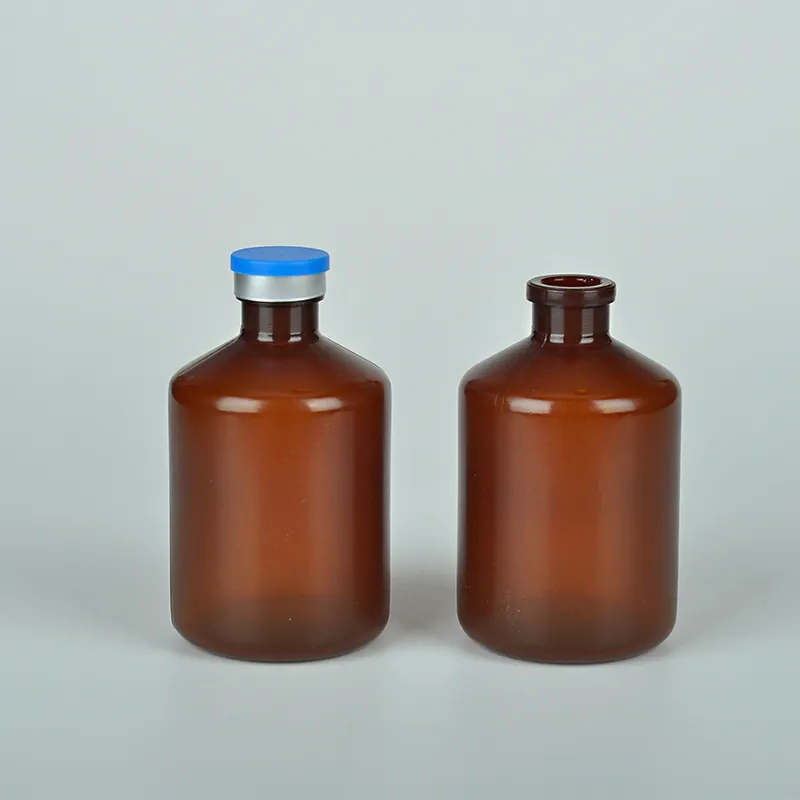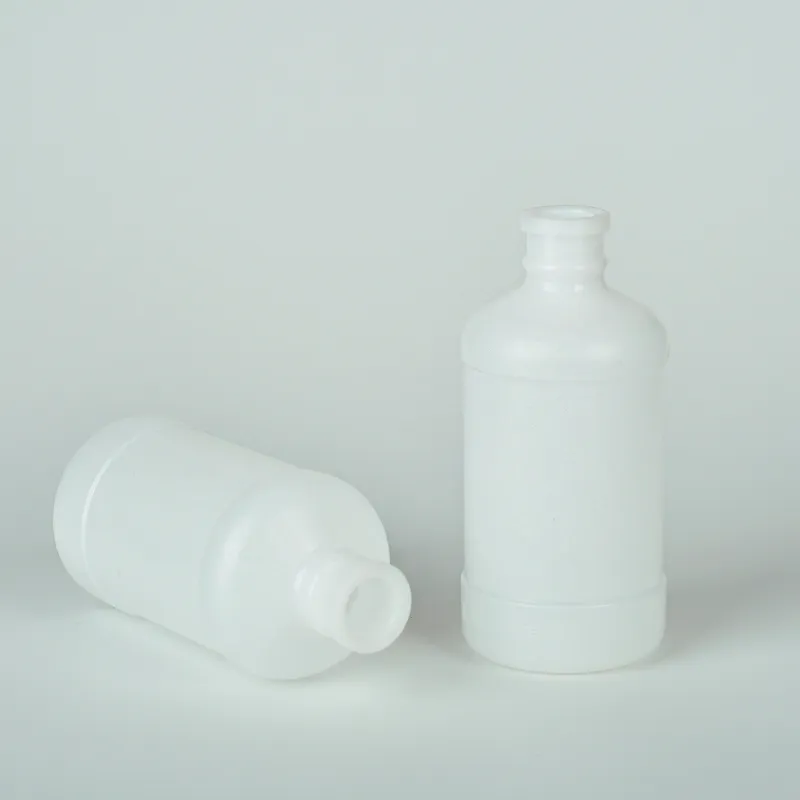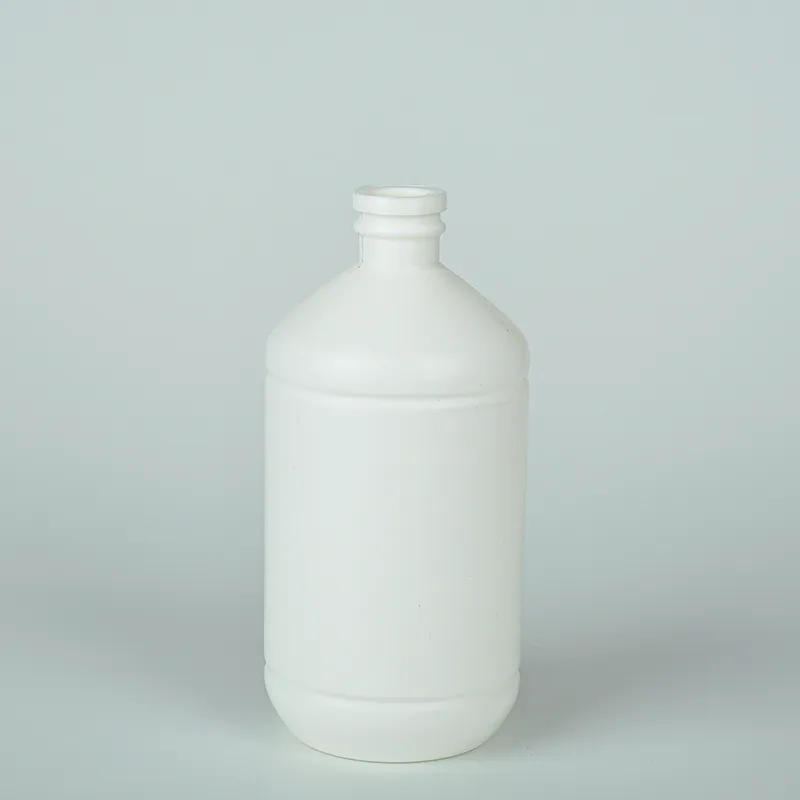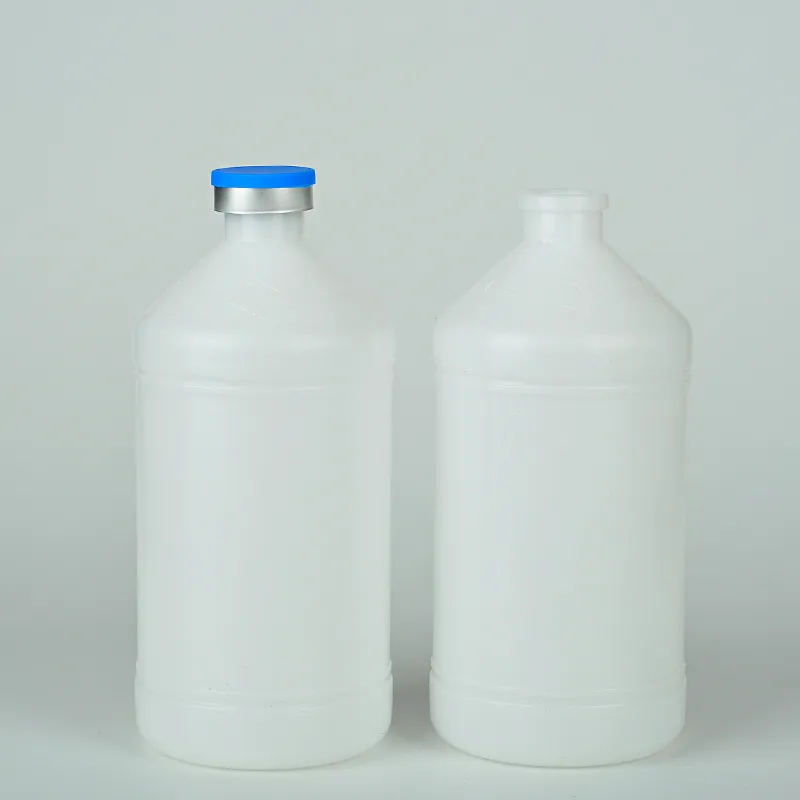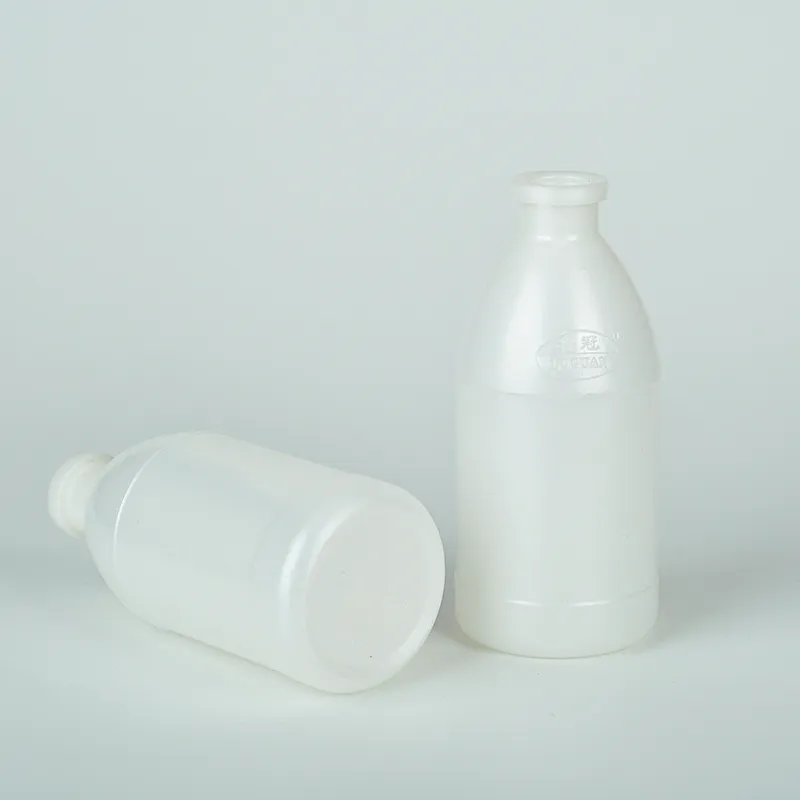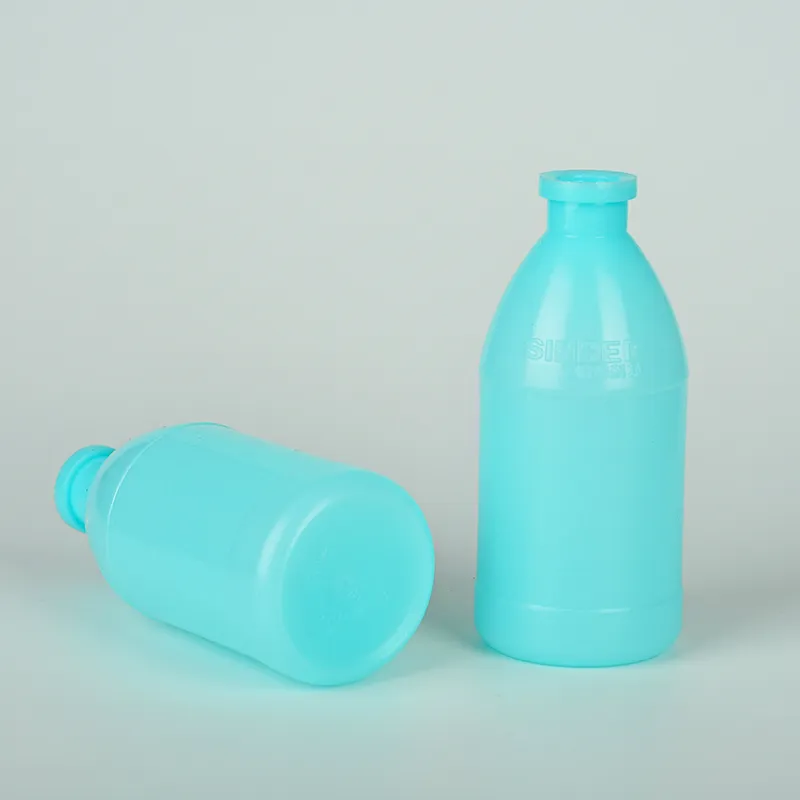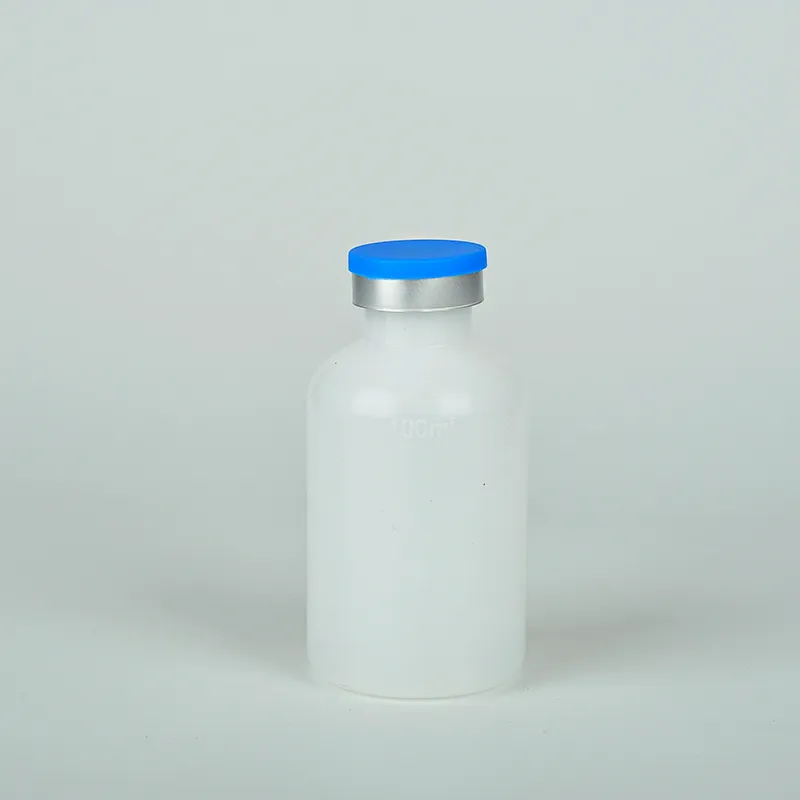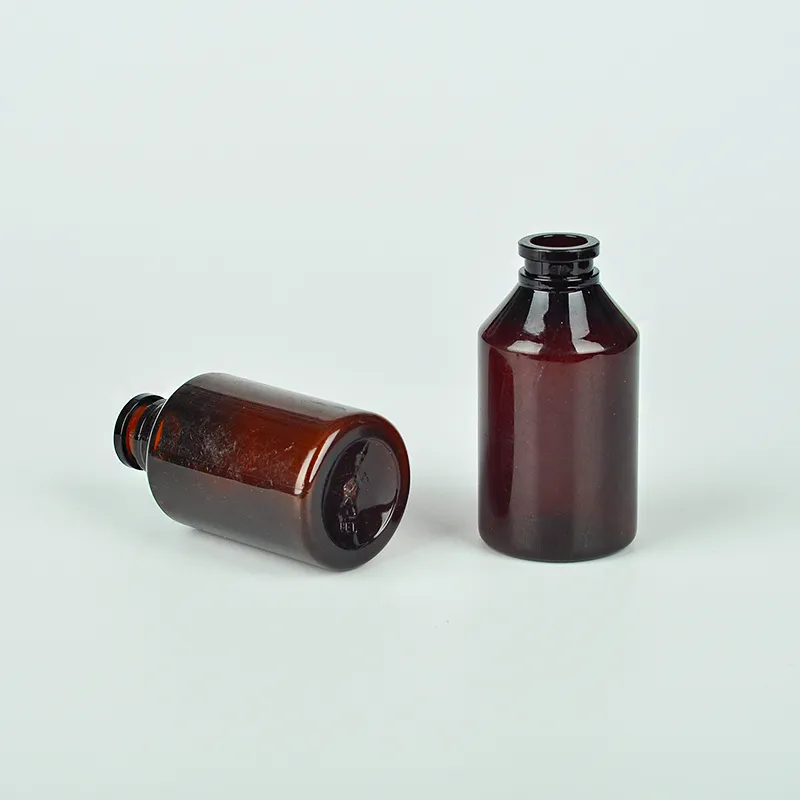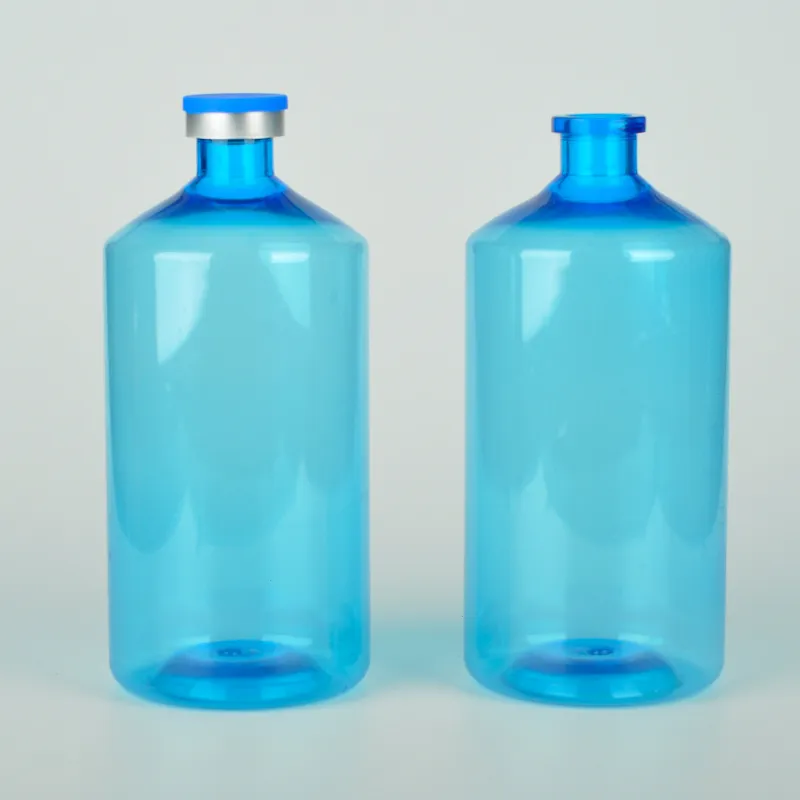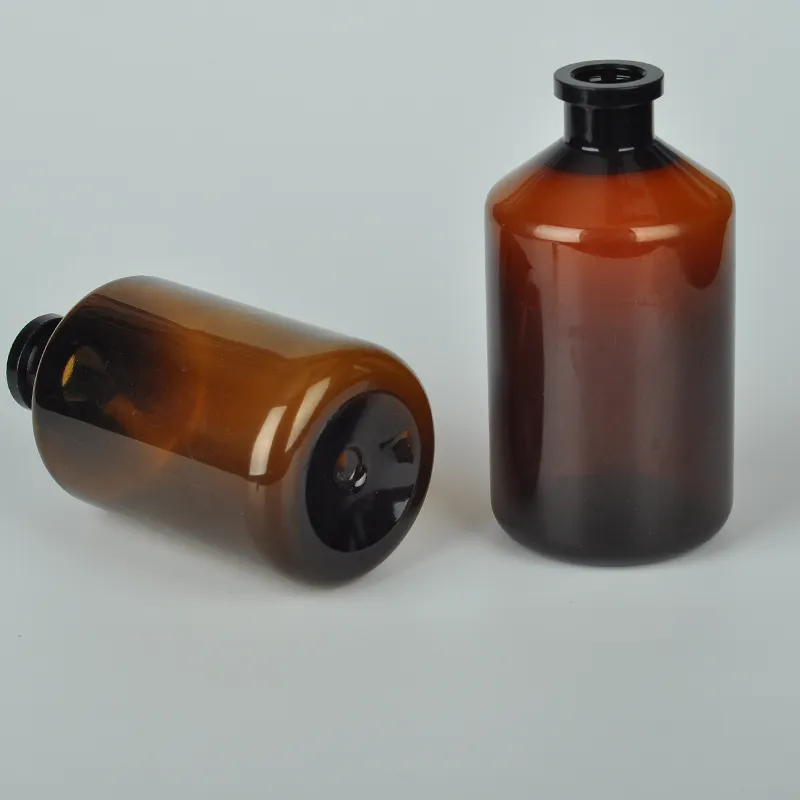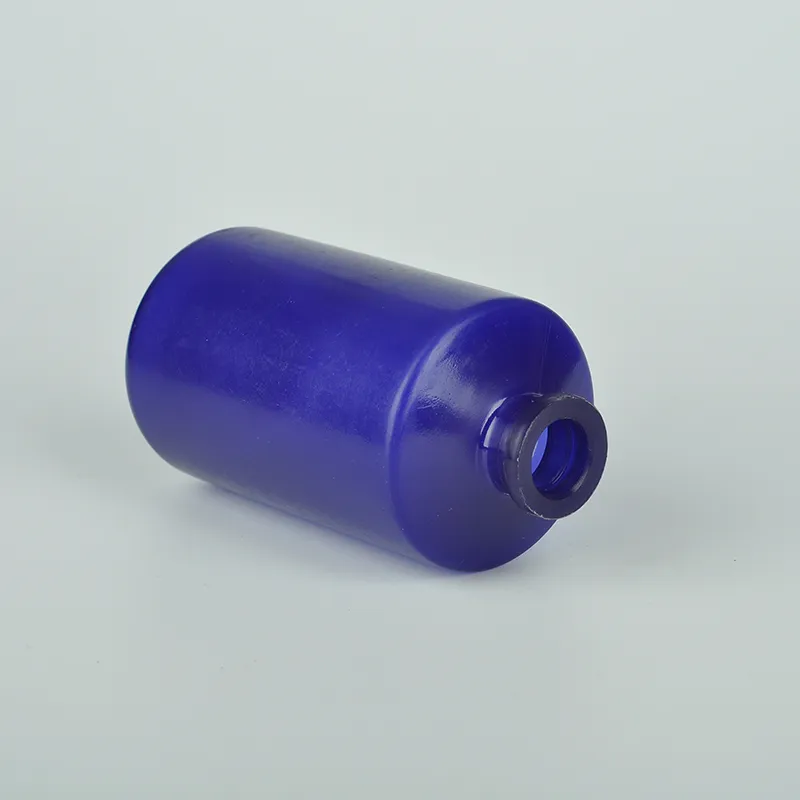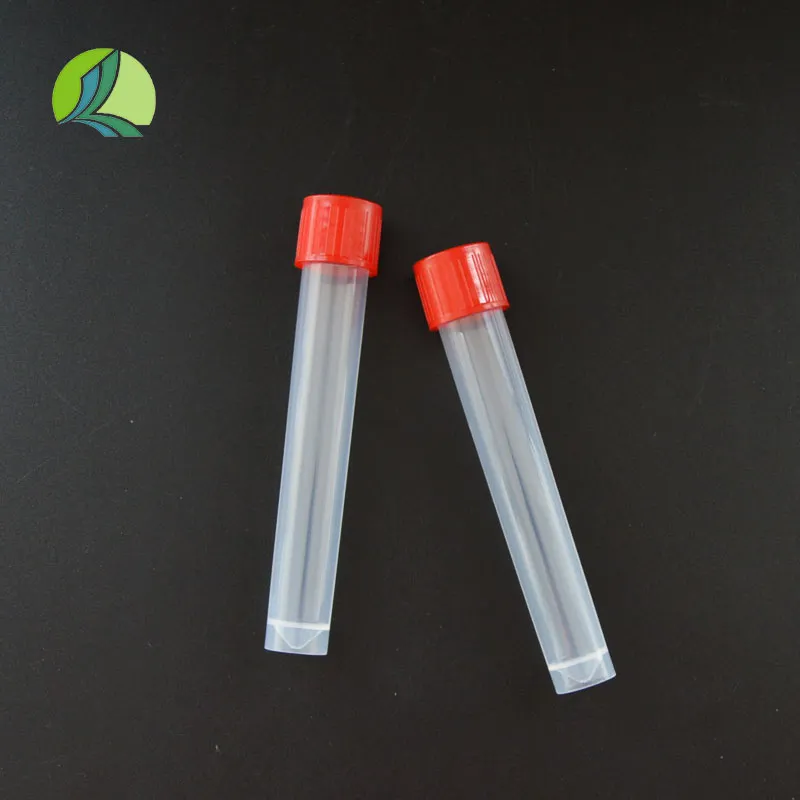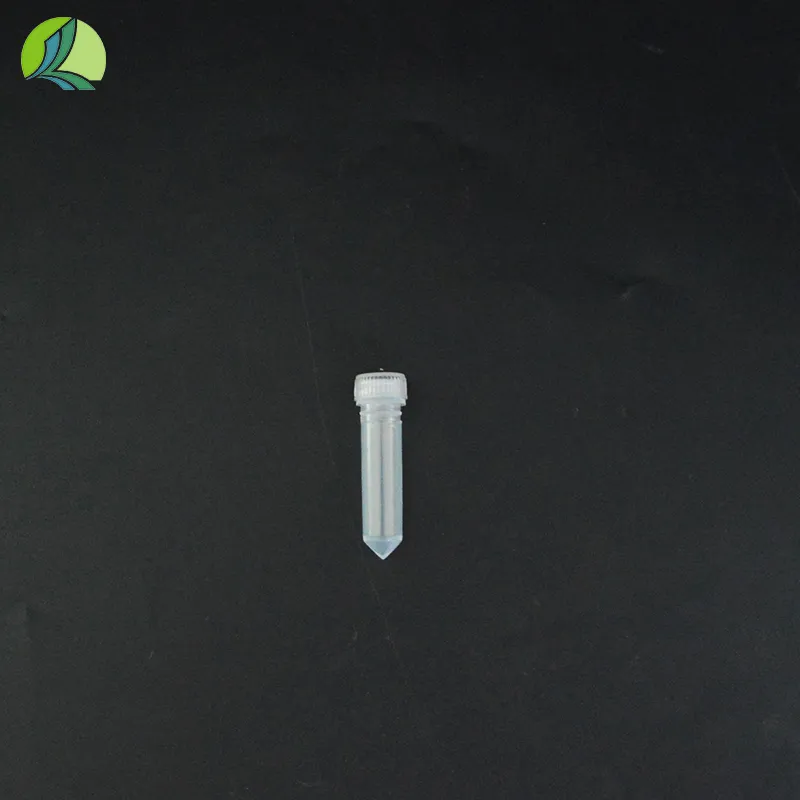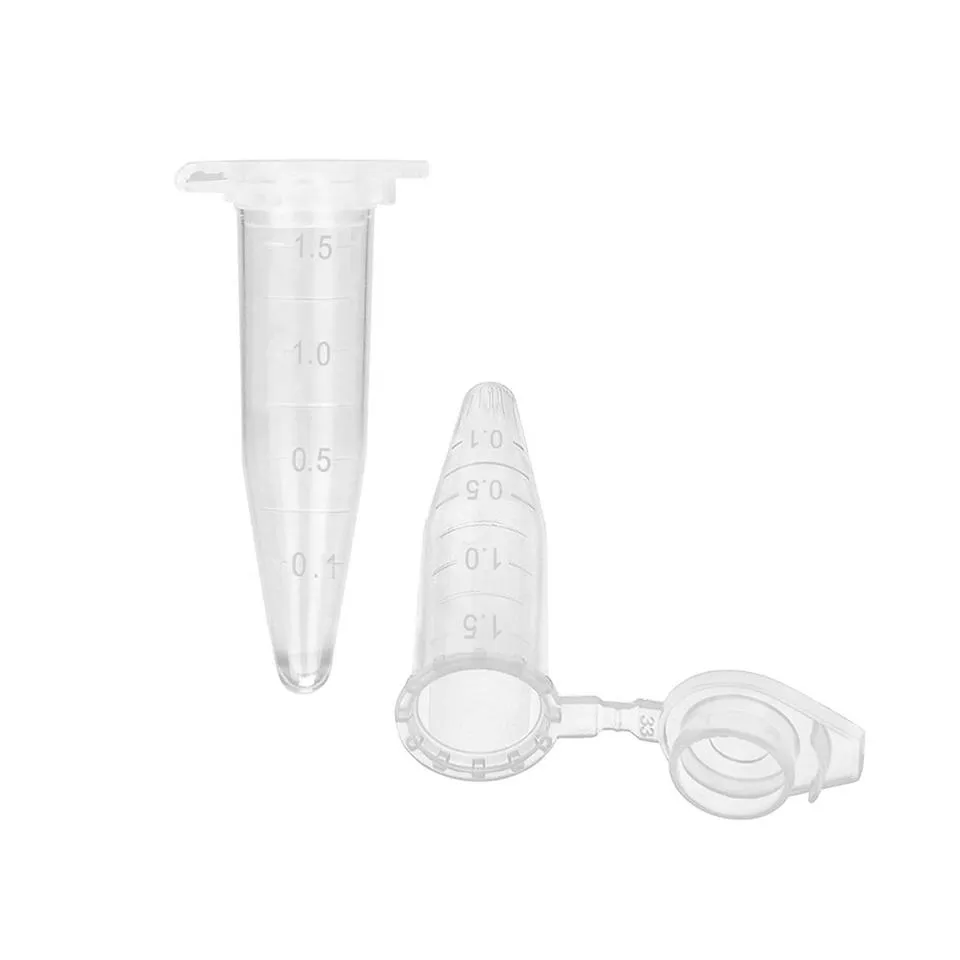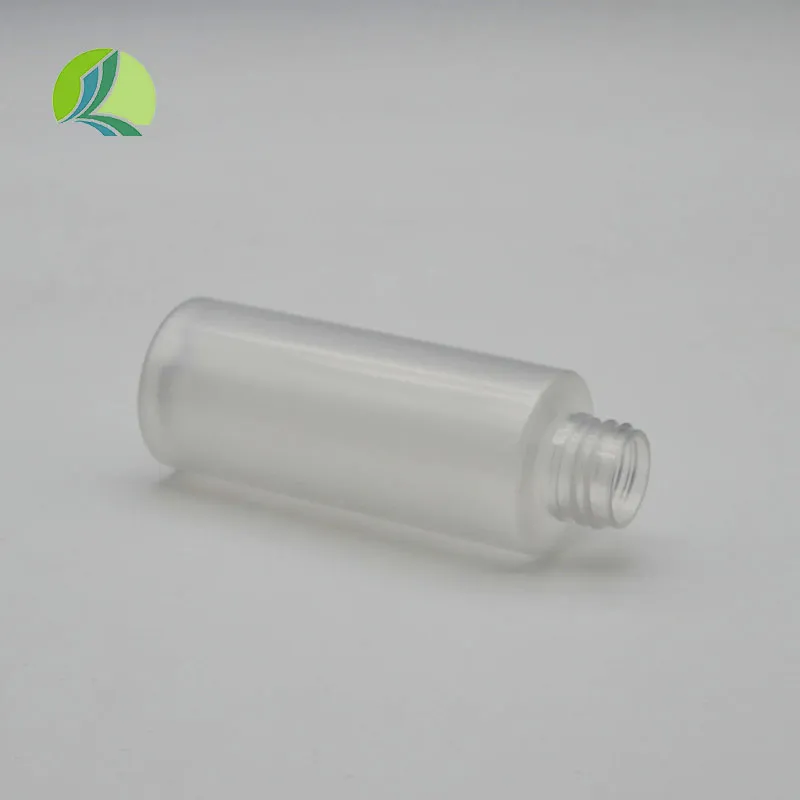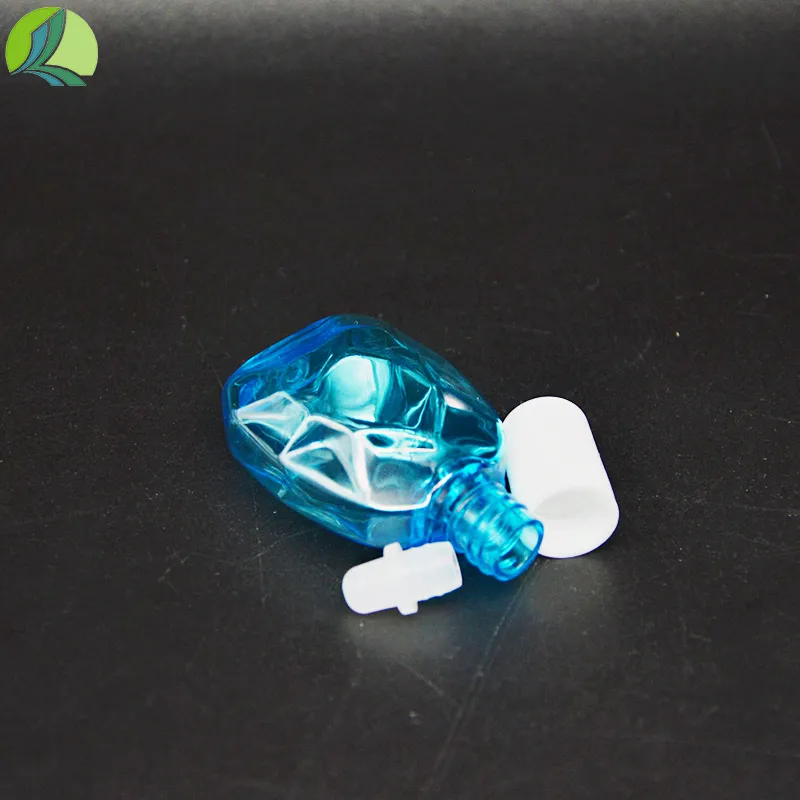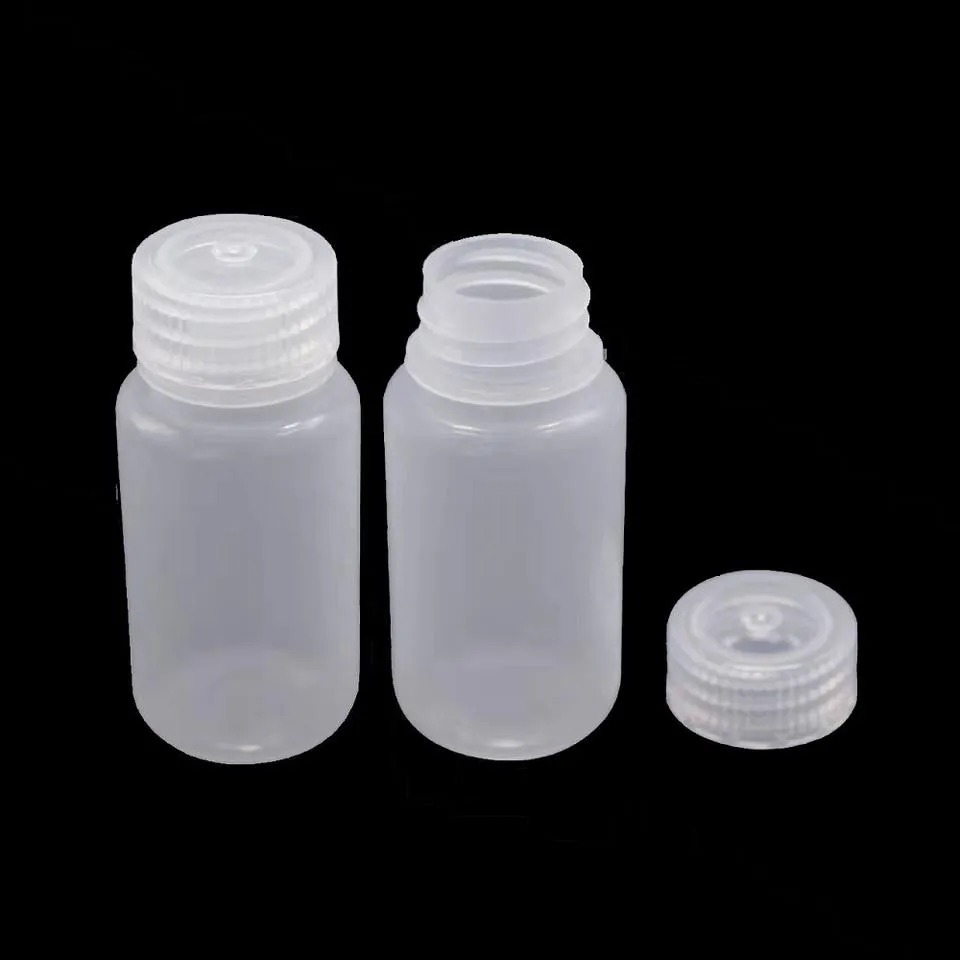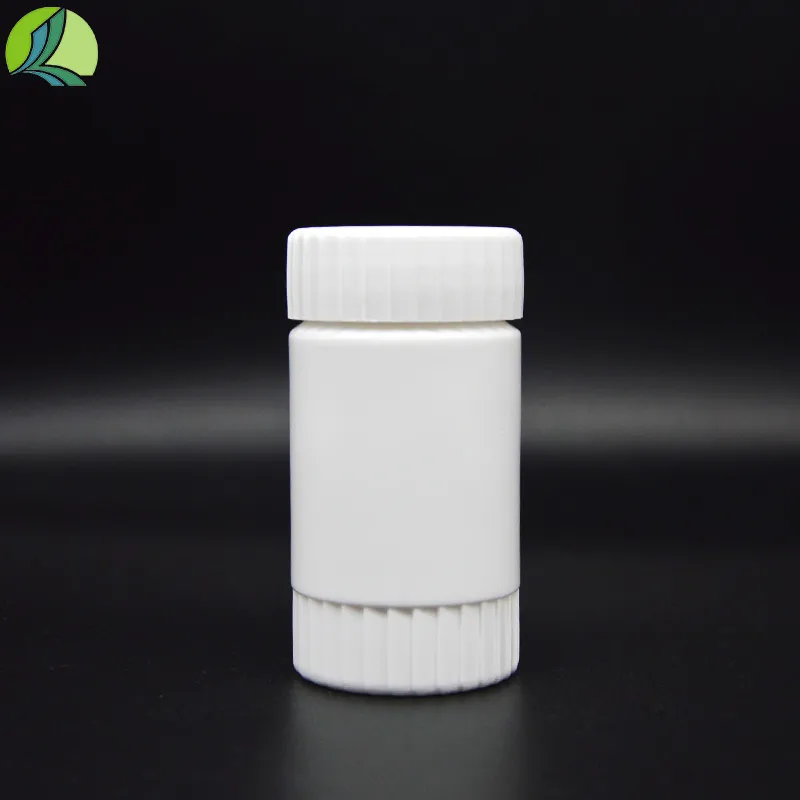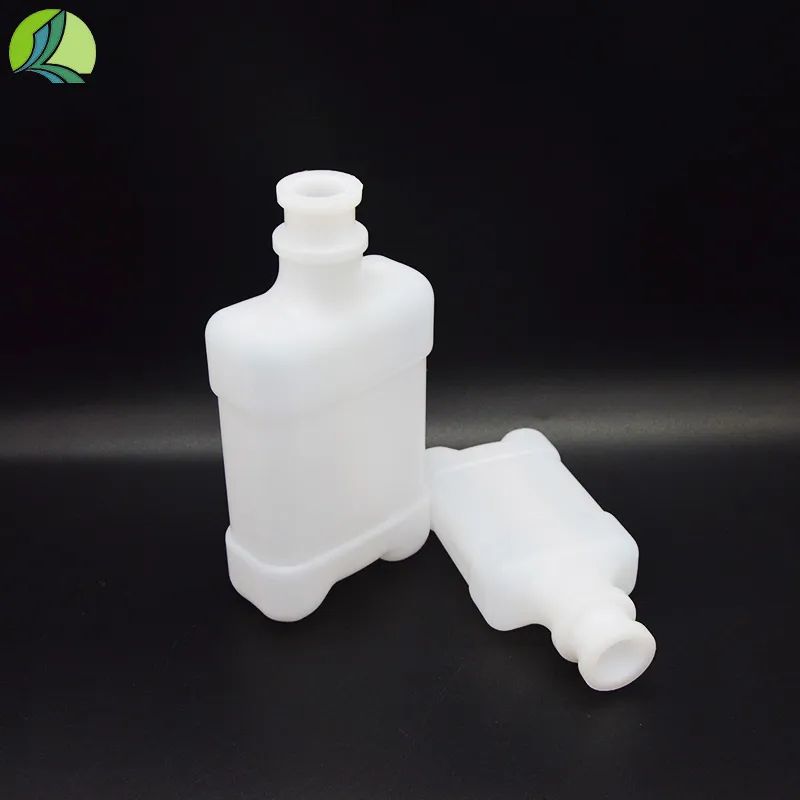
-
 Afrikaans
Afrikaans -
 Albanian
Albanian -
 Amharic
Amharic -
 Arabic
Arabic -
 Armenian
Armenian -
 Azerbaijani
Azerbaijani -
 Basque
Basque -
 Belarusian
Belarusian -
 Bengali
Bengali -
 Bosnian
Bosnian -
 Bulgarian
Bulgarian -
 Catalan
Catalan -
 Cebuano
Cebuano -
 Corsican
Corsican -
 Croatian
Croatian -
 Czech
Czech -
 Danish
Danish -
 Dutch
Dutch -
 енглески језик
енглески језик -
 Esperanto
Esperanto -
 Estonian
Estonian -
 Finnish
Finnish -
 French
French -
 Frisian
Frisian -
 Galician
Galician -
 Georgian
Georgian -
 German
German -
 Greek
Greek -
 Gujarati
Gujarati -
 Haitian Creole
Haitian Creole -
 hausa
hausa -
 hawaiian
hawaiian -
 Hebrew
Hebrew -
 Hindi
Hindi -
 Miao
Miao -
 Hungarian
Hungarian -
 Icelandic
Icelandic -
 igbo
igbo -
 Indonesian
Indonesian -
 irish
irish -
 Italian
Italian -
 Japanese
Japanese -
 Javanese
Javanese -
 Kannada
Kannada -
 kazakh
kazakh -
 Khmer
Khmer -
 Rwandese
Rwandese -
 Korean
Korean -
 Kurdish
Kurdish -
 Kyrgyz
Kyrgyz -
 Lao
Lao -
 Latin
Latin -
 Latvian
Latvian -
 Lithuanian
Lithuanian -
 Luxembourgish
Luxembourgish -
 Macedonian
Macedonian -
 Malgashi
Malgashi -
 Malay
Malay -
 Malayalam
Malayalam -
 Maltese
Maltese -
 Maori
Maori -
 Marathi
Marathi -
 Mongolian
Mongolian -
 Myanmar
Myanmar -
 Nepali
Nepali -
 Norwegian
Norwegian -
 Norwegian
Norwegian -
 Occitan
Occitan -
 Pashto
Pashto -
 Persian
Persian -
 Polish
Polish -
 Portuguese
Portuguese -
 Punjabi
Punjabi -
 Romanian
Romanian -
 Russian
Russian -
 Samoan
Samoan -
 Scottish Gaelic
Scottish Gaelic -
 Serbian
Serbian -
 Sesotho
Sesotho -
 Shona
Shona -
 Sindhi
Sindhi -
 Sinhala
Sinhala -
 Slovak
Slovak -
 Slovenian
Slovenian -
 Somali
Somali -
 Spanish
Spanish -
 Sundanese
Sundanese -
 Swahili
Swahili -
 Swedish
Swedish -
 Tagalog
Tagalog -
 Tajik
Tajik -
 Tamil
Tamil -
 Tatar
Tatar -
 Telugu
Telugu -
 Thai
Thai -
 Turkish
Turkish -
 Turkmen
Turkmen -
 Ukrainian
Ukrainian -
 Urdu
Urdu -
 Uighur
Uighur -
 Uzbek
Uzbek -
 Vietnamese
Vietnamese -
 Welsh
Welsh -
 Bantu
Bantu -
 Yiddish
Yiddish -
 Yoruba
Yoruba -
 Zulu
Zulu
How Are Centrifuge Tubes Employed in Microbiology and Laboratory Settings?
In the dynamic fields of microbiology and laboratory research, specialized tools are essential for conducting precise and reliable experiments. Among these, centrifuge tubes play a pivotal role in various procedures, enabling scientists to separate, process, and store biological samples efficiently. This exploration delves into the diverse applications and functionalities of centrifuge tube used in microbiology, centrifuge tubes for labs, centrifuge tubes uses in laboratory, graduated centrifuge tube function, and graduated centrifuge tube use, highlighting their importance in modern scientific practices.
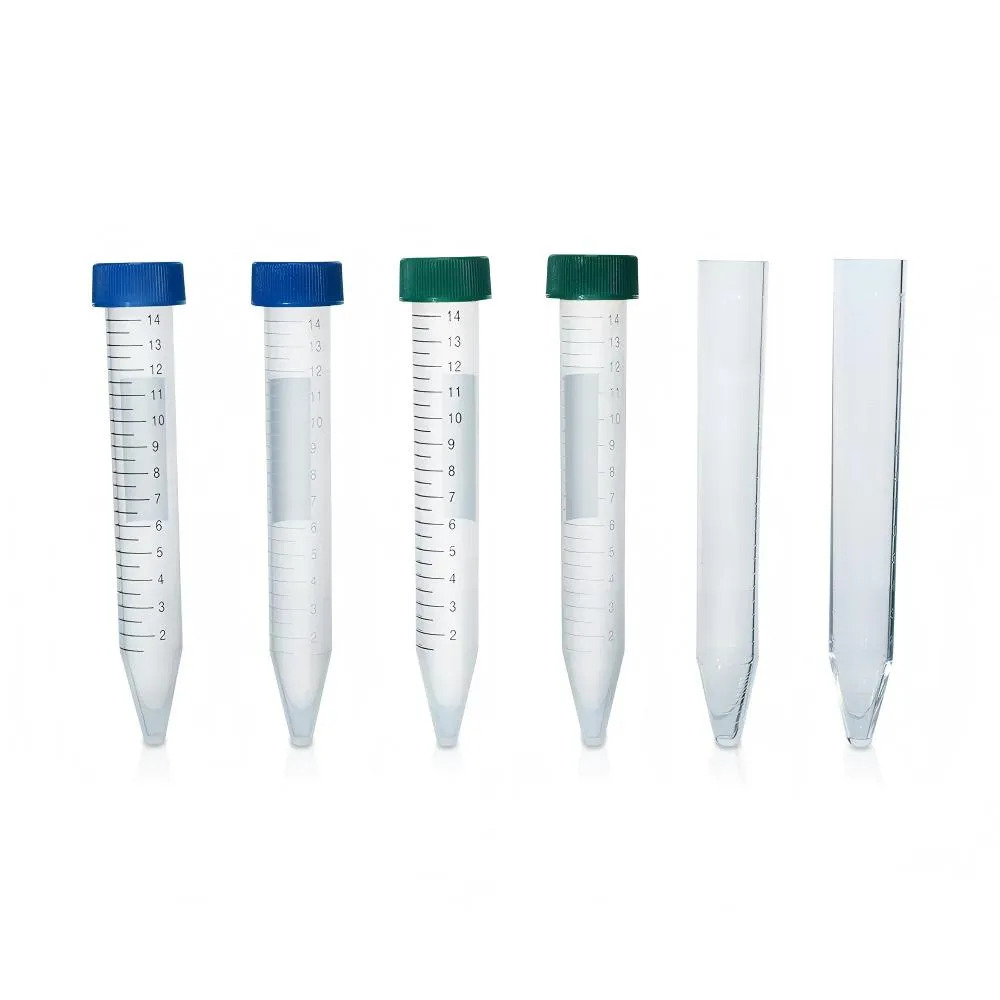
What Roles Do Centrifuge Tubes Play in Microbiology?
In microbiology, centrifuge tube used in microbiology serves as a critical vessel for isolating and purifying microbial samples. During cell separation, these tubes withstand high centrifugal forces, allowing researchers to pellet bacteria, yeast, or other microorganisms from liquid cultures. For example, when studying bacterial growth, a centrifuge tube used in microbiology can be employed to harvest cells for downstream applications such as DNA extraction or protein analysis. The tubes’ compatibility with various centrifugation speeds and rotor types makes them indispensable in routine microbiological procedures, ensuring consistent and reproducible results.
How Do Centrifuge Tubes Support Laboratory Operations?
Centrifuge tubes for labs are designed to meet the diverse needs of laboratory environments, ranging from basic research to industrial quality control. These tubes come in various sizes, materials, and designs, including polypropylene for chemical resistance and polystyrene for optical clarity. In molecular biology labs, centrifuge tubes for labs are used in PCR reactions, storing reagents, and performing centrifugation steps in plasmid purification. Their leak - proof caps and robust construction prevent sample contamination and loss, making them a staple in any laboratory workflow that involves sample processing under centrifugal force.
What Are the Primary Uses of Centrifuge Tubes in Laboratories?
The centrifuge tubes uses in laboratory extend across multiple disciplines, including biology, chemistry, and biochemistry. One common use is in blood sample processing, where these tubes separate plasma from cellular components, facilitating diagnostic tests. In cell culture labs, they are used to pellet cells for passaging or cryopreservation. Additionally, centrifuge tubes uses in laboratory include storing small volumes of samples, such as enzymes or antibodies, and serving as containers for mixing reagents. Their versatility makes them an essential tool for any experiment requiring controlled sample handling under centrifugal conditions.
How Do Graduated Centrifuge Tubes Enhance Experimental Precision?
Graduated centrifuge tube function lies in providing accurate volume measurement alongside centrifugation capabilities. The graduated markings on these tubes allow researchers to dispense, mix, and centrifuge samples with precise volume control, eliminating the need for additional measuring devices. For instance, in a density gradient centrifugation experiment, a graduated centrifuge tube enables the careful layering of different solutions, ensuring optimal separation of cellular components. The combination of volume measurement and centrifugation resistance makes these tubes ideal for protocols that demand both precision and robustness.
When Should Graduated Centrifuge Tubes Be Used in Research?
Graduated centrifuge tube use is particularly beneficial in procedures where volume accuracy is critical, such as in titration experiments, sample dilution, or when preparing serial concentrations of reagents. These tubes are also useful in microbiology for quantifying cell density by measuring the volume of pelleted cells after centrifugation. Their graduated scales, often marked in milliliters or microliters, cater to both small - scale molecular biology work and larger - scale cell culture applications, ensuring that researchers can perform measurements and centrifugation steps in a single vessel, streamlining experimental workflows.
FAQs About Centrifuge Tubes in Microbiology and Laboratories
What Factors Should Be Considered When Selecting Centrifuge Tubes?
When choosing centrifuge tubes for labs or centrifuge tube used in microbiology, factors such as material compatibility (e.g., resistance to chemicals or solvents), maximum centrifugal force rating, volume capacity, and closure type (screw caps vs. snap caps) are crucial. For example, polypropylene tubes are suitable for most aqueous solutions, while glass tubes may be preferred for organic solvents, though they are less common due to breakage risks.
Can Graduated Centrifuge Tubes Be Autoclaved?
Yes, many graduated centrifuge tubes are autoclavable, allowing for sterilization before use in microbiology or cell culture experiments. However, it is essential to check the manufacturer’s specifications to ensure the tubes can withstand high - temperature and pressure conditions without deforming or compromising the graduated markings.
How to Prevent Sample Contamination in Centrifuge Tubes?
To avoid contamination, always use sterile tubes for microbiological work, ensure caps are securely closed before centrifugation, and handle tubes by their sides to prevent touching the opening. Additionally, using tubes with aerosol - resistant caps can minimize the risk of cross - contamination in molecular biology applications.
What Is the Difference Between Graduated and Non - Graduated Centrifuge Tubes?
The primary difference lies in the graduated centrifuge tube function of providing volume measurement. Non - graduated tubes are often used when volume accuracy is less critical, focusing instead on durability or specific features like clarity or low protein binding, which are important for storing sensitive biological samples.
-
What Are the Key Uses of Graduated Centrifuge Tubes?ВестиAug.20,2025
-
Unveiling the Core Purposes of Centrifuge Tubes: A Laboratory EssentialВестиAug.20,2025
-
Functional Solutions for Laboratory Separation: Centrifuge Tubes and Their VariantsВестиAug.20,2025
-
Essential Tools in Laboratory Centrifugation: Types and Applications of Centrifuge TubesВестиAug.20,2025
-
Centrifuges for Blood Tubes: Essential Tools in Laboratory and Clinical SettingsВестиAug.20,2025



